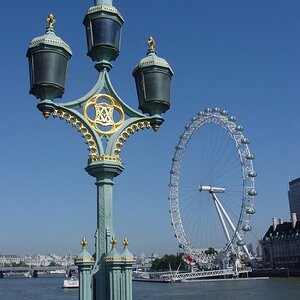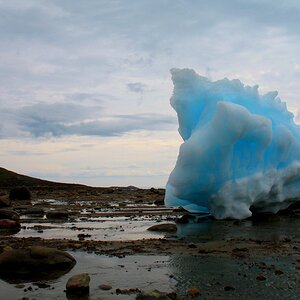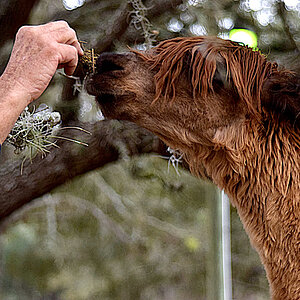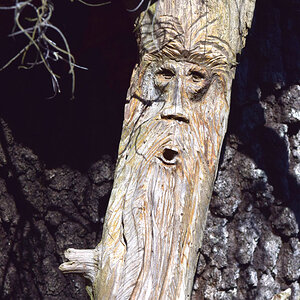CedarBranchNikon
TPF Noob!
- Joined
- Feb 17, 2012
- Messages
- 23
- Reaction score
- 0
- Location
- Denton, NC
- Can others edit my Photos
- Photos OK to edit
In researching Nikons, someone posted for me there are Compact entry-level, Normal size entry level, and Prosumer grade bodies along with Pro-grade.
Due to a tight budget, how much difference is there in the compact and normal size bodies? Does the difference in size make a very big difference in the camera? It appears by a comparison chart the compact bodies are generally a less expensive camera with fewer "features" and "range" for lack of a better word. (Meaning how much more is the camera capable of and the range of shooting modes, white balance, color setting and adjustment)
Would this make a big difference in shooting "amateur" photography, although I would like to try toshoot some photos that could be possibly be submitted to some "regional" magazines for publication.
Due to a tight budget, how much difference is there in the compact and normal size bodies? Does the difference in size make a very big difference in the camera? It appears by a comparison chart the compact bodies are generally a less expensive camera with fewer "features" and "range" for lack of a better word. (Meaning how much more is the camera capable of and the range of shooting modes, white balance, color setting and adjustment)
Would this make a big difference in shooting "amateur" photography, although I would like to try toshoot some photos that could be possibly be submitted to some "regional" magazines for publication.

![[No title]](/data/xfmg/thumbnail/32/32173-af05ea40d00ae9cd79a01007df914b5f.jpg?1619735234)

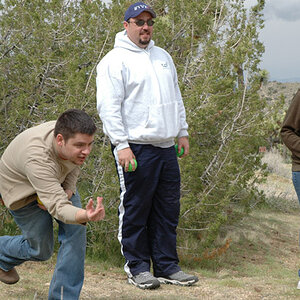
![[No title]](/data/xfmg/thumbnail/37/37605-90c8efaef5b7d1f52d4bf8e7dfd33673.jpg?1619738148)
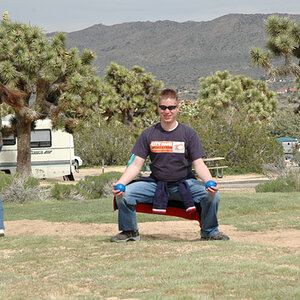
![[No title]](/data/xfmg/thumbnail/32/32169-37e80837cd927f85261d4e03344eef0d.jpg?1619735234)
